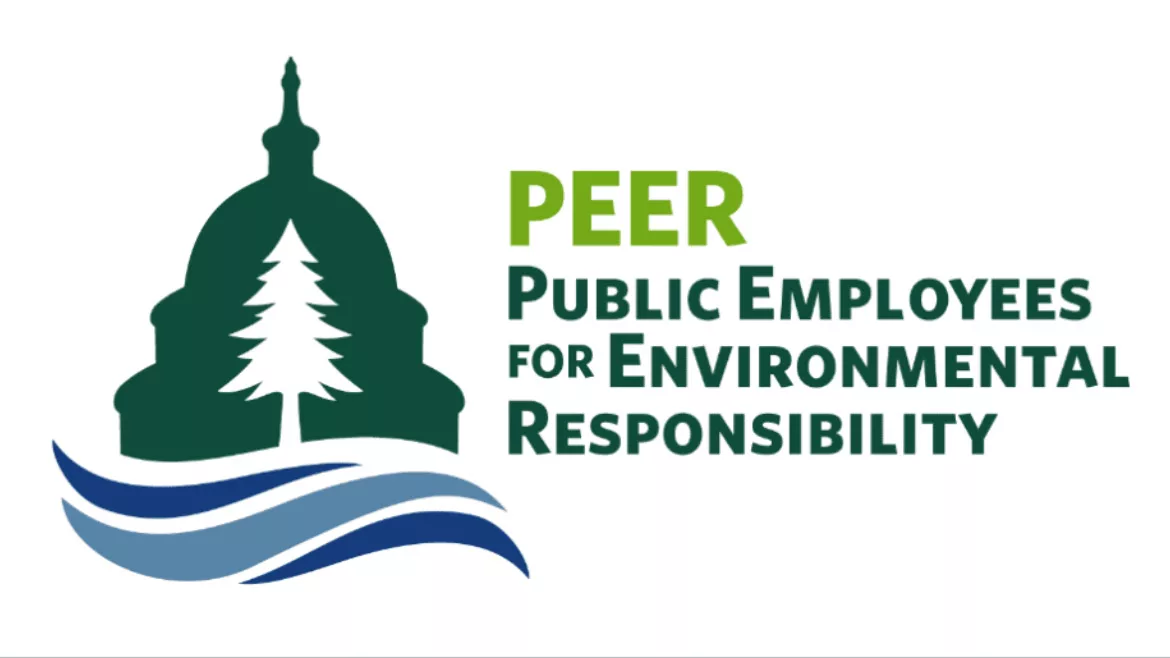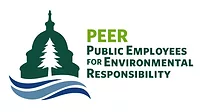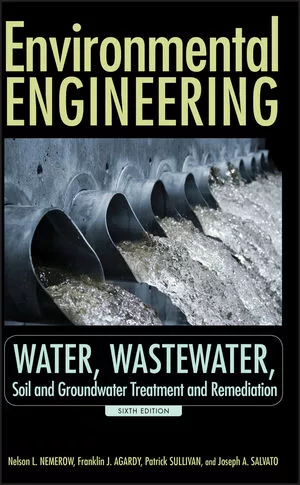PEER: PFAS disposal creating a health nightmare
Public employee environmental advocacy group says EPA needs to do more to regulate 'forever chemical' disposal

New waste shipment data analyzed by Public Employees for Environmental Responsibility (PEER) underscore the urgent need for U.S. Environmental Protect Agency (EPA) to regulate the generation, transportation and disposal of waste contaminated with toxic “forever chemicals,” according to a new report released by PEER. The data, compiled by EPA from hazardous waste shipment manifests, depict a vast, unregulated, spreading web of PFAS waste disposal in the United States.
Human exposure to PFAS is associated with cancer, birth defects, developmental damage to infants, and impaired functioning of the liver, kidneys, and immune system. Because PFAS are highly persistent and many are highly mobile, PFAS in waste will often cycle back into the environment, where they will continue to enter the air we breathe and the water we drink.
The report comes of the heels of the EPA’s decision to allow the importation of 4.4 million pounds of PFAS waste from Europe for reclamation and disposal in the United States. Because Europe has found it cannot safely manage PFAS waste and is beginning to tightly regulate PFAS use, recycling and disposal, more companies will likely ship their waste to the U.S., where there are few regulations and almost no oversight.
The EPA data show:
- Information on about 10,344 shipments of almost 27 million kilograms of waste contaminated with PFAS between June 2018 and June 2023.
- Common disposal methods for these PFAS wastes include incineration, landfilling, mixing with other fuels and burning it, discharging it into wastewater treatment systems, and injecting it underground.
- The facilities disposing the largest amounts of PFAS waste are in Nevada, Texas and Ohio. The Ohio facility, which incinerates PFAS, is located near East Palestine, Ohio, a community already burdened with toxic pollution from the Norfolk Southern train derailment.
However, since PFAS are not regulated as a hazardous waste under the Resource Conservation Recovery Act (RCRA), these data were submitted voluntarily and likely represents only a small fraction of total PFAS waste.
“These data show that we are steadily poisoning ourselves, our waters, and our food chain with extremely persistent toxic chemicals,” stated PEER Executive Director Tim Whitehouse, a former EPA attorney, noting that PEER formally petitioned EPA to regulate PFAS as a hazardous waste under RCRA four years ago and has still not received a response to its petition.
“Even today, years into the PFAS crisis, EPA lacks a plan for requiring desperately needed cradle-to-grave management of PFAS contaminated waste,” added Whitehouse. “If EPA does not act imminently, the U.S. is at risk of becoming a dumping ground for this toxic waste from the rest of the world due to EPA’s inaction.”


.webp?height=200&t=1674043769&width=200)


